Photography buffs know that composition plays a significant role in taking an effective photo.
Considering what elements to include as well as framing, perspective, balance, and symmetry
all help the photographer tell a particular story.
Such is the case with interviewing as candidates have lots of choices on what to include, what
to leave out, how to frame a particular story, and what perspective to add to a particular event.
It’s like a candidate’s full set of experiences is akin to a photoshoot in the Dolomites – almost
endless possibilities of framing amazing and exciting snapshots. And yet, why do most look the
same with the person in front of the sign “Welcome to the Dolomites”? Where is the
thoughtfulness, unique angles, and exciting views?
Let me see if I can reign in this analogy to photography. My general point is that somewhere,
somehow candidates were preconditioned to talk about their experiences in the same way (or
frame the photo) like everyone else. Candidates share their experiences, titles and
progressions in a predictable way. Candidates, like photos of the Dolomites, can all look the
same. What may be helpful is for a candidate to consider changing their perspective on how
they think about themselves. Rather than think about yourself as Skills + Experiences + Titles,
think about yourself as “an innovator”, “a leader”, “a problem solver”, “an integrator”, “a change
agent”, and so-on. Investing this time may help give you deeper and richer examples on how
you describe yourself.
Let’s take the example of “problem solver” – have you ever worked through what problems you
are uniquely qualified to solve? Think about it, almost every position in every company involves
the employee solving a problem. If you are a CEO, the problems you solve are around
long-term strategy, building an exceptional executive team, aligning functions across the
business, investor relations, etc. If you are a server in a restaurant, you are solving a myriad of
problems; such as helping customers navigate a menu, ensuring accurate order taking, getting
food on time to each table, managing the payment process, etc.
As an interviewer, I want to understand what problems a candidate is able to solve as well as
how the problem is solved. Using the restaurant server analogy, it would be useful for me to
understand if the person has performed all of the activities of a server but I’ll also want to
understand examples as to how they addressed or solved any issues. In other words, if a
server is proficient in running and managing credit card transactions, that is highly useful. If the
same person also writes a personalized note to each customer stating “I hope you never come
back”, that is also useful data. Good skills, poor customer service. So you need both the What
and the How when thinking through yourself as a problem solver. The snapshot needs to tell
me a compelling story.
By thinking through your background from different angles, you will both better prepare yourself
for interviews as well as possibly learn things about yourself that are important to share with a potential employer. But you have to start by taking the right step, or the left step, whichever
gives you the best framing.
Hire Thought – We often get stuck into thinking about our careers as a combination of skills, attributes,
companies, titles and timeframes. This type of thinking becomes very limiting in my opinion.
Rather than memorizing your resume before going into an interview, do some deep thinking on
what information helps frame your background differently from others. Your goal is not to be the
next person standing next to the Dolomites sign.



